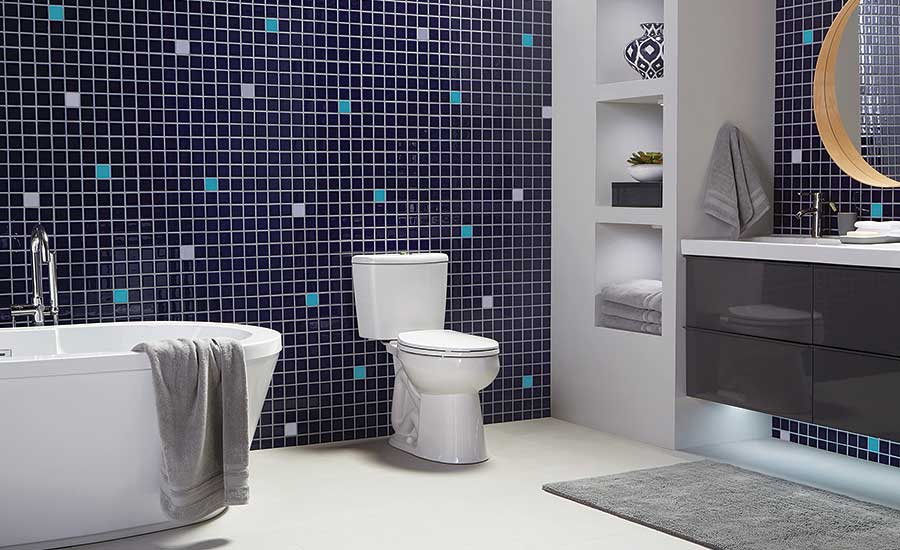In todays environmentally-conscious world, the emphasis on water conservation has never been more critical. One of the most effective ways to achieve significant water savings in residential and commercial settings is through the use of dual flush conversion kits. These kits offer an easy and cost-effective solution to transform standard toilets into more water-efficient systems, promoting sustainability and cost savings. For industry QA professionals, understanding the intricacies of these kits is essential to ensuring their proper integration and performance.

What Are Dual Flush Conversion Kits?
Dual flush conversion kits are devices designed to retrofit existing toilets, allowing them to offer two flushing options: a full flush for solid waste and a reduced flush for liquid waste. This dual mechanism can lead to substantial water savings, as it reduces the volume of water used per flush. According to the Environmental Protection Agency (EPA), converting to a dual flush system can save thousands of gallons of water annually, making it a smart choice for both homeowners and businesses.
How Do These Kits Work?
The operation of dual flush conversion kits is straightforward. Typically, these kits replace the existing flush valve in the toilet tank. Once installed, the user is presented with two flushing options, usually represented by different buttons or levers. The full flush uses the standard amount of water, while the partial flush uses significantly less. This choice allows users to control water usage based on their needs, promoting conservation.
Benefits of Installing Dual Flush Conversion Kits
There are numerous advantages to installing dual flush conversion kits, particularly from an industry QA perspective. Here are some key benefits:
- Water Conservation: By offering two flush options, these kits significantly reduce water consumption, contributing to environmental sustainability.
- Cost Savings: Reduced water usage translates to lower water bills, making these kits a cost-effective investment for both residential and commercial properties.
- Eco-Friendly: By conserving water, dual flush systems help reduce the strain on local water resources, promoting a greener planet.
- Improved Functionality: These kits enhance the functionality of existing toilets without the need for complete replacement, offering an economical upgrade.
For more detailed insights into the environmental impact of water-saving toilets, you can refer to the Environmental Impact of Water Saving Toilets.
Choosing the Right Dual Flush Conversion Kit
When selecting a dual flush conversion kit, there are several factors to consider, particularly for those in industry QA:
Compatibility
Ensure that the kit is compatible with the existing toilet model. Most kits are designed to fit standard types, but checking compatibility is crucial to avoid installation issues.
Ease of Installation
Look for kits that offer straightforward installation processes, ideally those that do not require specialized tools or expertise. Many kits are designed for DIY installation, making them accessible to a broader audience. For guidance on installation, you might find useful tips in the article How to Install a Water-Saving Toilet.
Durability and Quality
Choose kits made from high-quality materials to ensure longevity and reliable performance. This is particularly important in high-usage environments such as commercial buildings.
Installation Guide for Dual Flush Conversion Kits
Installing a dual flush conversion kit is generally a straightforward process, but it is crucial to follow the instructions carefully to ensure optimal performance. Here is a basic guide:
1. Gather Necessary Tools
Before starting, gather all the necessary tools and components. Most kits come with all required parts, but you may need a wrench and a screwdriver for the installation.
2. Drain the Toilet Tank
Turn off the water supply to the toilet and flush it to remove most of the water from the tank. This step is essential for a smooth installation process.
3. Remove Existing Parts
Carefully remove the existing flush valve and any other components that will be replaced by the new kit. Follow the kits instructions to avoid damaging the tank.
4. Install the Conversion Kit
Follow the manufacturer's instructions to install the new flush valve and any additional components. Ensure all parts are securely tightened to prevent leaks.
5. Test the System
Once installed, turn the water supply back on and test the dual flush system. Make any necessary adjustments to ensure both flush options work correctly.
For more detailed installation instructions, you might find the article How to Install Peel and Stick Tile in Bathroom helpful, even though it deals with a different type of bathroom installation.

FAQs About Dual Flush Conversion Kits
Are dual flush conversion kits suitable for all toilets?
While most dual flush conversion kits are designed to fit standard toilets, it is crucial to check compatibility with your specific model to ensure proper fit and function.
Do dual flush conversion kits require professional installation?
Many kits are designed for DIY installation and come with detailed instructions. However, if you face challenges or prefer professional assistance, hiring a plumber is advisable.
How much water can I save with a dual flush conversion kit?
On average, converting to a dual flush system can save thousands of gallons of water annually, depending on usage patterns and the number of users in the household or building.
For those interested in learning more about the benefits of water-efficient toilets, consider reading Is a Water Saving Toilet Worth It?.






